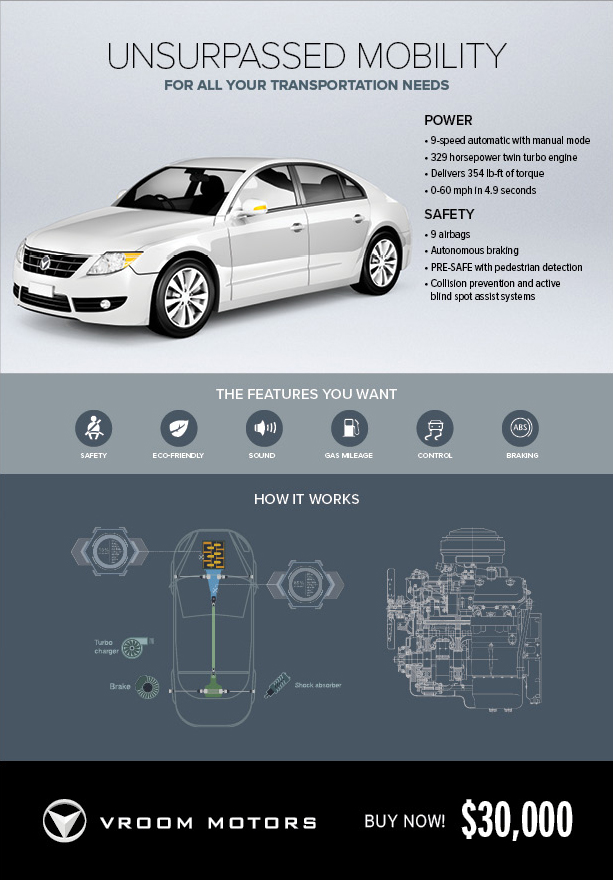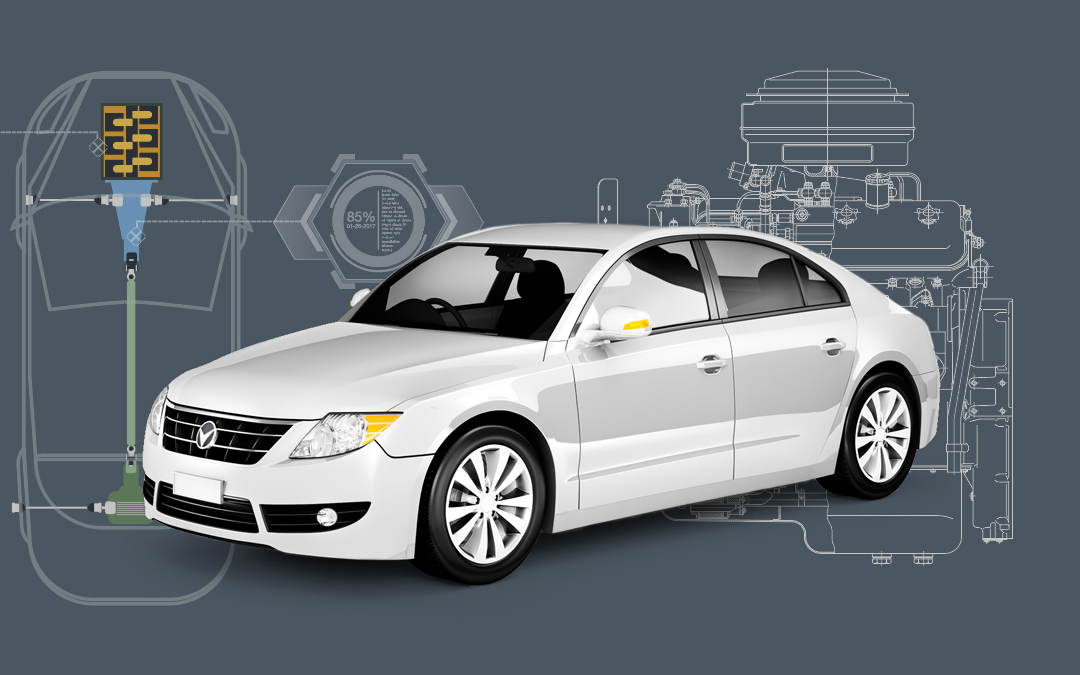Developers of med tech and high tech products selling into B2B markets have some specific marketing challenges. For one thing, the products can be complex, making it harder to communicate what they can do and what benefits they offer. Second, companies are marketing to busy professionals, which can be difficult given the limited time they may have to tell a complex story. And last, they often need to communicate to multiple audiences, each with different needs and technical understanding.
In light of this, the prevailing wisdom has been to simply present the features and benefits for the most part — boiling the messaging down to the essentials and keeping the content as short as possible. While this approach isn’t wrong, it fails to take into account something B2C marketers learned long ago: it’s important to reach consumers’ hearts as well as their heads. So, while it’s necessary to give prospects the essential information they need to make a decision — it’s also important to reach the audience at a deeper level, one that motivates them to act.
To illustrate this, imagine for a moment if a company decided to sell cars instead of technology products, and followed the same approach with their marketing. After all, marketing cars can present many of the same challenges. For example, some of a car’s advanced engineering and technology breakthroughs offer benefits are complicated and need to be communicated in a way that’s readily understood. Cars often need to be marketed to different audiences with different needs. And last, people can be as busy in their personal lives as they are in their professional lives, so reaching and holding their attention can be just as difficult. Given all this, what might a car ad look like? My guess is it would look something like this:

The ad feels really bland compared to most car ads, which use words and images in a way that inform and excite in a way that bullets and brevity can never do. Marketing cars falls into the B2C bucket, and B2B marketing may have evolved differently for good reason, but emotions can play an important role in motivating people, whether B2C or B2B marketing (the common Latin root word of emotion and motivation is movere — to move).
In fact, emotions play a larger role in decision-making than you might imagine. Neuro-imagery scans show that when consumers evaluate a brand, their emotions come into play. Their evaluations are based in large part on personal feeling and experiences rather than features and facts about the brand. Need more proof? If a story is emotionally charged, the brain releases dopamine into the system, making it easier to remember it and with greater accuracy.
Industry jargon and generic stock images do little to create any kind of emotional impact. Messaging and design also need to work together to affect the correct emotional response in prospects and customers — to feel excited, get inspired, be reassured, etc.
It’s not just what is communicated that’s important, but how it’s communicated. Design and messaging can help set the right tone (e.g. serious, bold, humorous, friendly). Done correctly, it can get people in the right frame of mind before they even begin evaluating the information. Whatever the tone, keep in mind that the design and messaging needs to be appropriate with the overall brand, applied consistently, and be distinct from competitors.
Think of it this way: information is the nutrition people need to be healthy. Emotional motivators are the flavors that make people hungry so they eat and get their nutrition. In other words, it’s the difference between eating kale, seaweed, or liver to get the proper nutritional intake, and eating a fantastic eight-course meal. Both will feed your body, but a great meal will also feed your soul.
